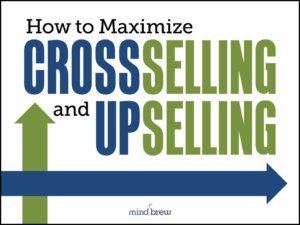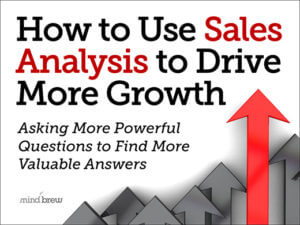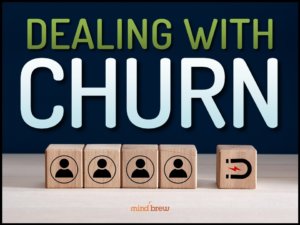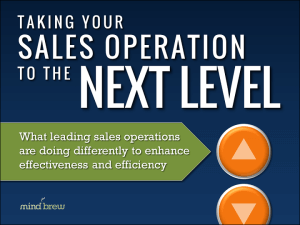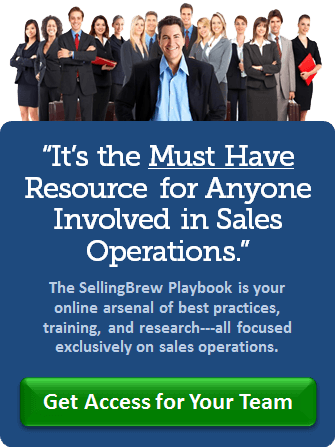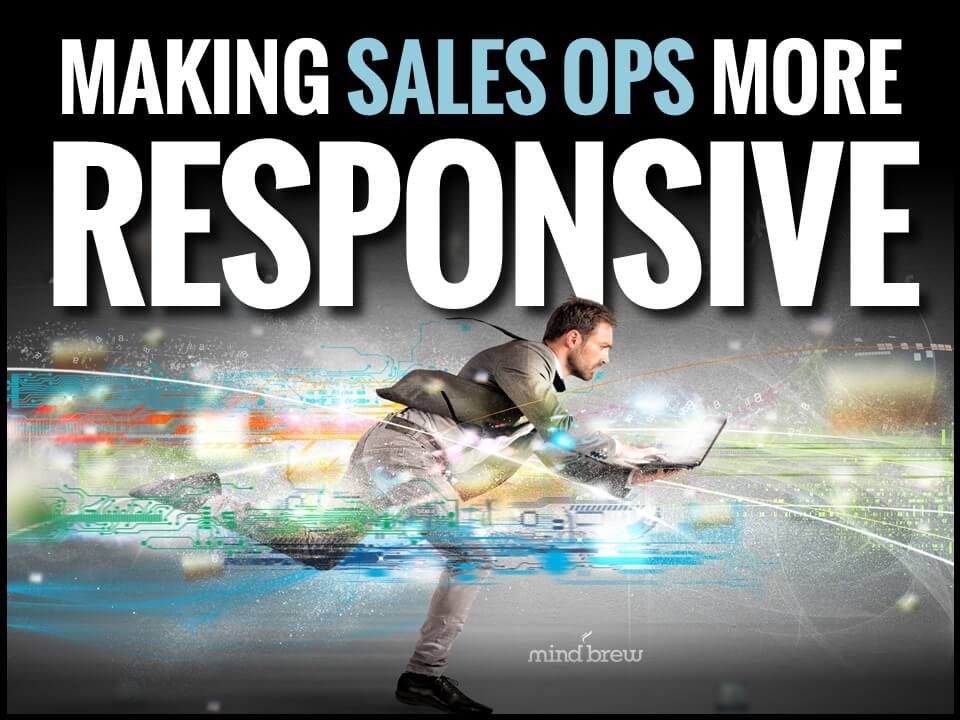For growing companies with untapped addressable markets, new customer acquisition is clearly a top priority. Increasingly, however, companies are also recognizing the strategic importance of their post-acquisition growth dynamics.
So while systemic “land and expand” has been a well-established focus in certain segments for many years (Software-as-a-Service, for example), it’s now being embraced by many other types of businesses as well.
And for very good reasons…
As we discuss in the on-demand webinar, How to Accelerate Land and Expand, when sales operations can drive post-acquisition customer expansion in a more systematic fashion…like a machine…it enables at least three major benefits.
The first big benefit is somewhat obvious and intuitive:
- Through improved land-and-expand dynamics, you’re going to generate more first-year revenue and profit from the customers you acquire.
While this is a bit of a “duh” benefit, the two additional benefits are rarely acknowledged, and as a result, seldom leveraged to the fullest extent:
- The more first-year profit you can generate from new customers, the more you can invest to acquire those customers in the first place.
When you can spend more than your competitors to acquire new customers…while still breaking even in a reasonable timeframe, of course…you can effectively dominate the markets you’re targeting.
You can secure all of the best prospecting venues. You can steal away the best salespeople, pay higher commissions, and increase rep-to-prospect coverage. You can spend more time and money on cultivation. You can establish relationships with all of the best partners. You can lock-up all of the crucial traffic streams online.
On and on, the fact that you’re willing and able to pay more to dominate “the conversation” can essentially price your competition right out of the prospect pool.
- The more effective your customer expansion processes, the smaller your initial “beachhead” needs to be when landing new customers.
For many companies, the sheer magnitude of their “starter” offering produces a number of unintended consequences. Simply put, when you’re shooting for a $50K minimum initial purchase, the addressable market becomes a whole lot smaller…and a whole lot more cautious and resistant…than when you can make a $5K initial purchase work for you.
With more consistent, effective, and reliable expansion processes, you can lower the barriers to “getting started”, confident in the knowledge that you’ll be able to make it up in short order.
Using the previous example, you’ll still get your $50K over the course of the first year. But by enabling customers get started for $5K, you’re reducing the perceived risks and making it much easier for them to buy from you…which will increase your close rates. At the same time, you’re reducing the tendency for prospects to dismiss the notion out of hand and drop out of the pipeline simply due to sticker shock…which will increase your addressable prospect pool.
I should also point out that leveraging these two “hidden” benefits of better land-and-expand dynamics is not an either/or proposition. When you have really effective customer expansion processes, you can simultaneously invest more to acquire new customers while shrinking the beachhead to make it even easier for them to start buying from you.
And speaking from experience, that combination is almost impossible to compete with. Well…without going broke, that is.


